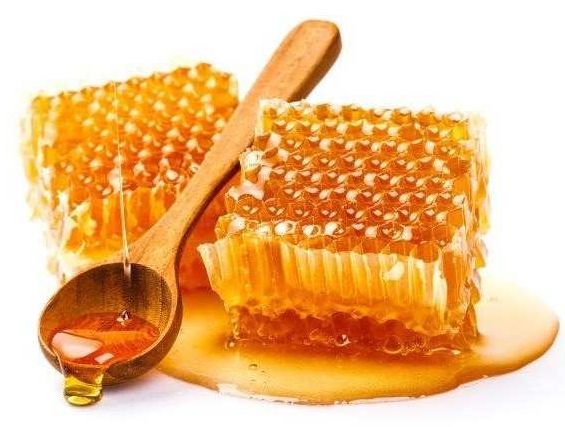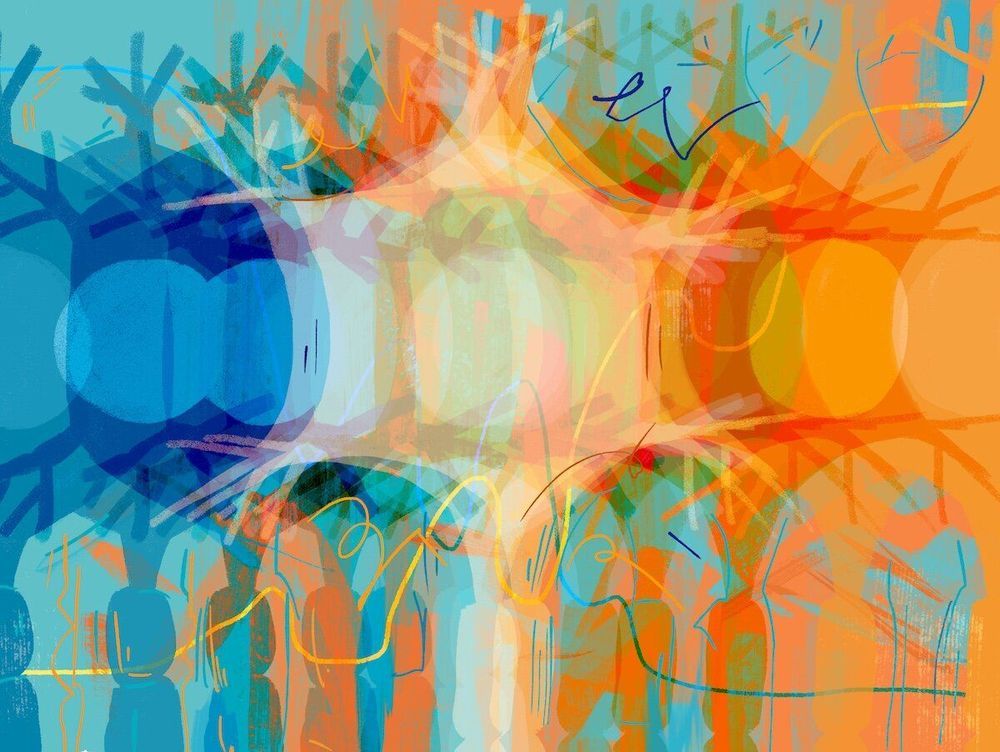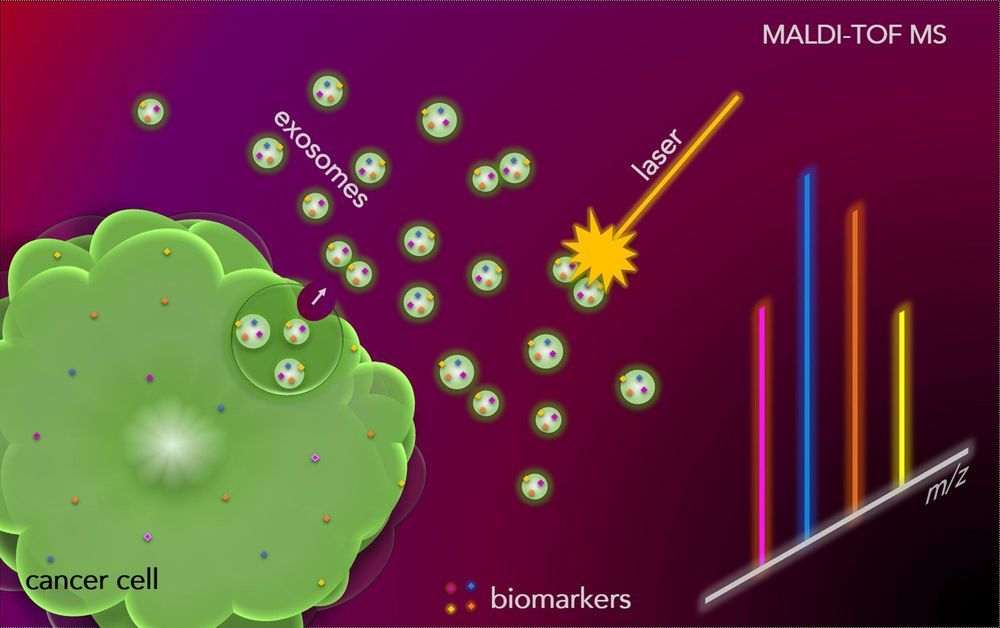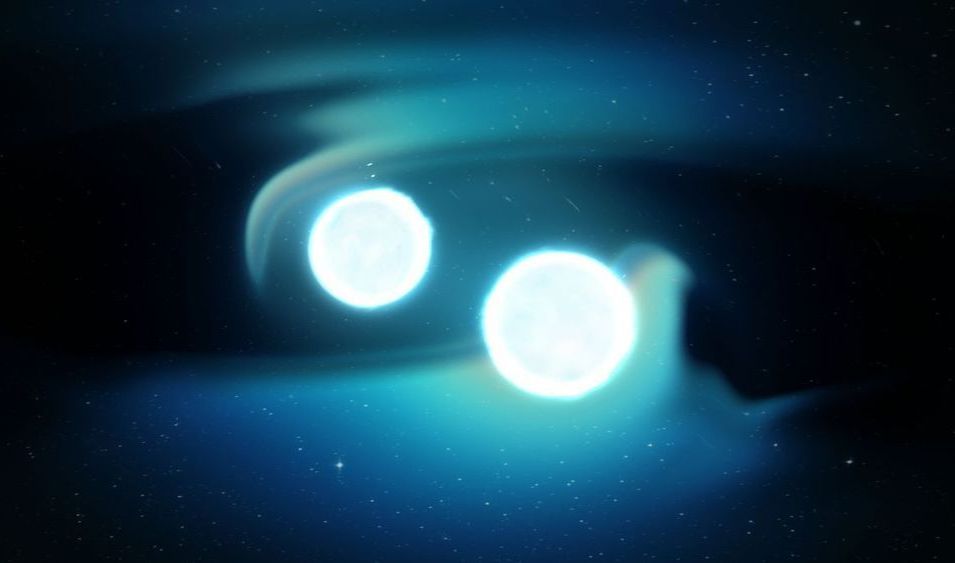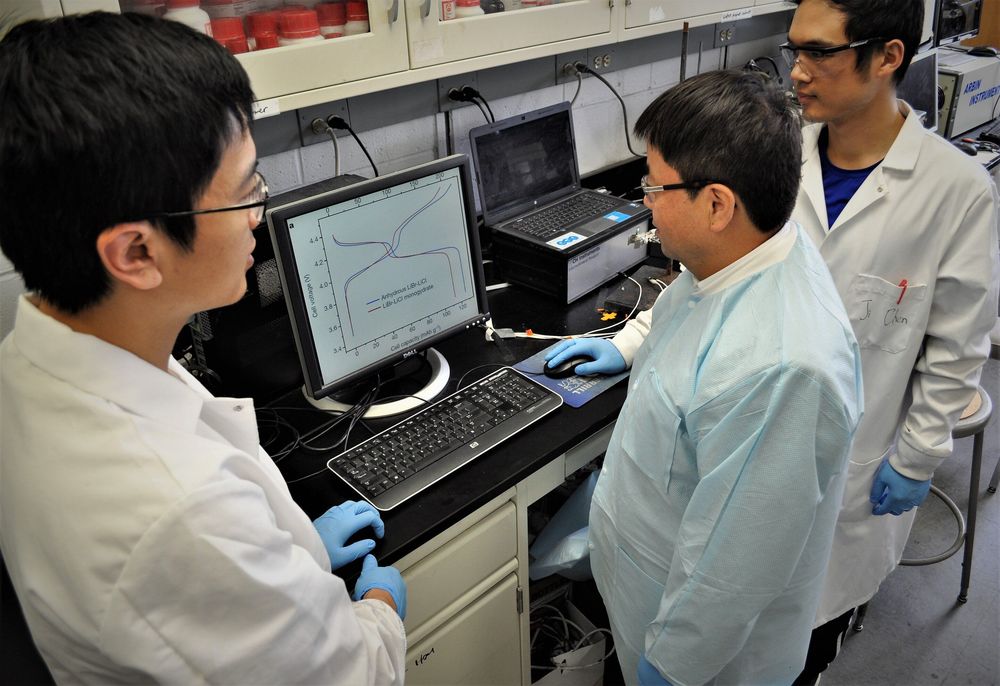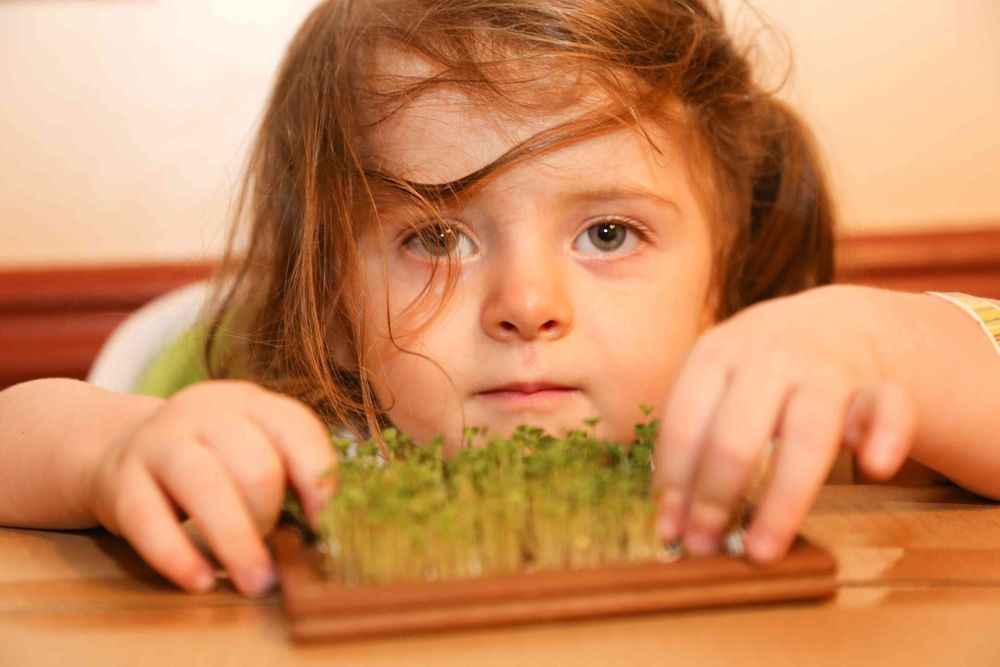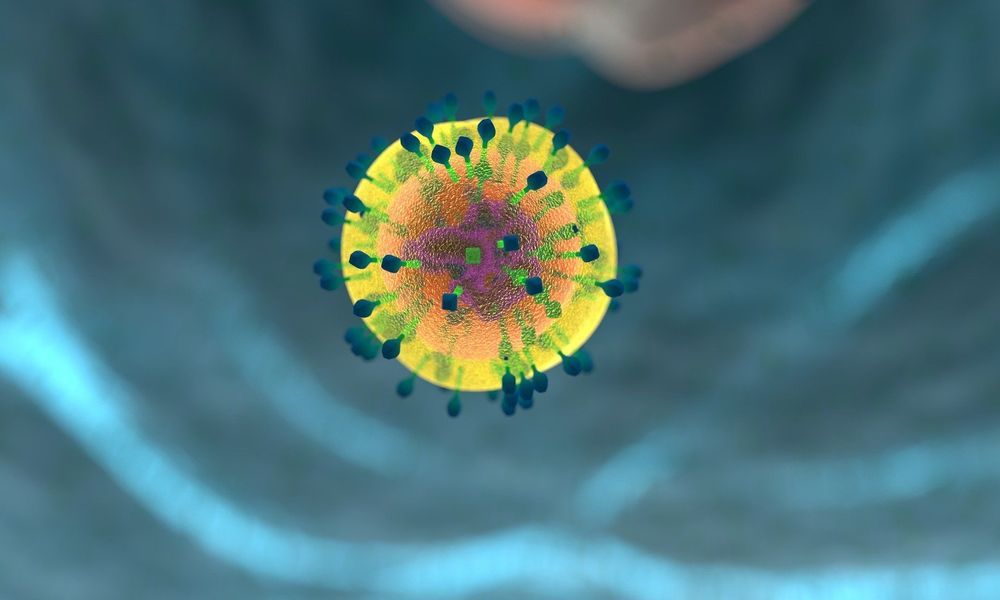Archive for the ‘chemistry’ category: Page 323
May 15, 2019
Understanding the power of honey through its proteins
Posted by James Christian Smith in categories: chemistry, food
Honey is a culinary staple that can be found in kitchens around the world. Its long shelf life and medicinal properties make it a unique, multipurpose natural product. Although it seems that a lot is known about the sweet substance, surprisingly little is known about its proteins. Check out research in the Journal of Natural Products with new data on honey proteins that could lead to new medicinal applications:
American chemical society: chemistry for life.
May 13, 2019
Awakening stem cells to unlock the brain’s regenerative potential
Posted by Paul Battista in categories: biotech/medical, chemistry, neuroscience
The human body has powerful healing abilities. But treating brain disorders is no easy task, as brain cells—neurons—have limited ability to regenerate. Nonetheless, stem cells are a form of natural backup, a vestige of our days as still-developing embryos.
The difficulty is that with age, neural stem cells ‘fall asleep’ and become harder to wake up when repairs are needed. Despite efforts to harness these cells to treat neurological damage, scientists have until recently been unsuccessful in decoding the underlying ‘sleep’ mechanism.
Now, researchers at Kyoto University studying brain chemistry in mice have revealed the ebb and flow of gene expression that may wake neural stem cells from their slumber. These findings, which may also apply to stem cells elsewhere in the body, were recently published in the journal Genes & Development.
Continue reading “Awakening stem cells to unlock the brain’s regenerative potential” »
May 13, 2019
Tesla battery researcher is ‘excited’ about new battery tech developed by the Army
Posted by Klaus Baldauf in categories: chemistry, military, sustainability

A new Li-ion battery technology developed by the US Army has piqued the interest of Jeff Dahn, Tesla’s main battery research partner.
In the latest issue of the journal Nature, the CCDC Army Research Laboratory (ARL), which is an element of the U.S. Army, released a study demonstrating a new battery technology based on a new cathode chemistry.
May 10, 2019
Cancer cells can communicate over longer distances within the body
Posted by Paul Battista in categories: biotech/medical, chemistry
“It was a huge surprise, we didn’t expect to find so many melanoma cancer cell markers in blood exosomes,” explains Hubert Girault, who heads up the Laboratory of Physical and Analytical Electrochemistry at EPFL Valais Wallis. Professor Girault and his team made the discovery almost by accident. Their findings, which have been published in the journal Chem, offer insight into how cancer cells communicate with each other and send information around the body.
All biological cells excrete exosomes, microscopic spheres or vesicles that are less than 100 nanometers in size and contain a wealth of information in the form of nucleic acids, proteins and markers. Exosomes perform cell-to-cell signaling, conveying information between cells. Under the supervision of Senior Scientist Dr. Horst Pick, EPFL doctoral assistant Yingdi Zhu used cell culture and mass spectrometry to isolate melanoma cancer cell exosomes. She was able to identify cancer cell markers in exosomes for each stage of melanoma growth.
When analyzing the blood exosomes of melanoma patients, the researchers were surprised to discover large quantities of cancer cell markers. The blood collects and transports all the exosomes that the body generates. While healthy cells usually produce exosomes in small quantities, cancer cells produce many more. But it was previously thought that these would be so diluted in the blood that they would be hard to detect. For Professor Girault, the discovery of large quantities of cancer cell markers in blood exosomes raises numerous questions about signaling between cancer cells, which until now were not thought to communicate over longer distances within the body.
Continue reading “Cancer cells can communicate over longer distances within the body” »
May 10, 2019
Ancient Neutron-Star Crash Made Enough Gold and Uranium to Fill Earth’s Oceans
Posted by Genevieve Klien in categories: chemistry, cosmology
Enough gold, uranium and other heavy elements about equal in mass to all of Earth’s oceans likely came to the solar system from the collision of two neutron stars billions of years ago, a new study finds.
If the same event were to happen today, the light from the explosion would outshine the entire night sky, and potentially prove disastrous for life on Earth, according to the new study’s researchers.
Recent findings have suggested that much of the gold and other elements heavier than iron on the periodic table was born in the catastrophic aftermath of colliding neutron stars, which are the ultradense cores of stars left behind after supernova explosions.
Continue reading “Ancient Neutron-Star Crash Made Enough Gold and Uranium to Fill Earth’s Oceans” »
May 9, 2019
Reversible chemistry clears path for safer batteries
Posted by Quinn Sena in categories: chemistry, energy, military
Researchers at the University of Maryland (UMD) and US Army Research Lab (ARL) have taken a critical step on the path to high energy batteries by improving their water-in-salt battery with a new type of chemical transformation of the cathode that creates a reversible solid salt layer, a phenomenon yet unknown in the field of water-based batteries.
Building on their previous discoveries of the water-in-salt electrolytes reported in Science in 2015, the researchers added a new cathode. This new cathode material, lacking transition metal, operates at an average potential of 4.2 volts with excellent cycling stability, and delivers an unprecedented energy density comparable, or perhaps higher than, non-aqueous Li-ion batteries. The authors report their work on May 9 in the journal Nature.
“The University of Maryland and ARL research has produced the most creative new battery chemistry I have seen in at least 10 years,” said Prof. Jeffrey Dahn of Dalhousie University in Canada, an expert in the field not affiliated with the research. “However, it remains to be seen if a practical device with long lifetime can be created.”
Continue reading “Reversible chemistry clears path for safer batteries” »
May 8, 2019
Broccoli sprout compound may restore brain chemistry imbalance linked to schizophrenia
Posted by Quinn Sena in categories: biotech/medical, chemistry, neuroscience
In a series of recently published studies using animals and people, Johns Hopkins Medicine researchers say they have further characterized a set of chemical imbalances in the brains of people with schizophrenia related to the chemical glutamate. And they figured out how to tweak the level using a compound derived from broccoli sprouts.
They say the results advance the hope that supplementing with broccoli sprout extract, which contains high levels of the chemical sulforaphane, may someday provide a way to lower the doses of traditional antipsychotic medicines needed to manage schizophrenia symptoms, thus reducing unwanted side effects of the medicines.
“It’s possible that future studies could show sulforaphane to be a safe supplement to give people at risk of developing schizophrenia as a way to prevent, delay or blunt the onset of symptoms,” adds Akira Sawa, M.D., Ph.D., professor of psychiatry and behavioral sciences at the Johns Hopkins University School of Medicine and director of the Johns Hopkins Schizophrenia Center.
May 7, 2019
Scientists pinpoint potential new target for regulating inflammation
Posted by Quinn Sena in categories: biotech/medical, chemistry, evolution, neuroscience
Scientists from Trinity College Dublin have discovered a potential new target for regulating inflammation, which drives a range of diseases including diabetes, cancer and Alzheimer’s. The potential target is an ancient immune protein—SARM—that has been conserved throughout evolution and thus is very similar in humans, other mammals, flies and worms.
The scientists, from Trinity’s School of Biochemistry and Immunology based at the Trinity Biomedical Sciences Institute (TBSI), discovered a previously unknown but important role that SARM plays in the immune response. Their work has been published today in the prestigious journal Immunity.
May 7, 2019
Here’s why scientists think discovering aliens is inevitable and imminent
Posted by Michael Lance in categories: alien life, chemistry
Amino acids, just like those that make up every protein in our bodies, have been found in the tails of comets.
Because, following a string of remarkable discoveries over the past two decades, the idea of alien life is not as far-fetched as it used to seem.
Discovery now seems inevitable and possibly imminent.
Continue reading “Here’s why scientists think discovering aliens is inevitable and imminent” »

